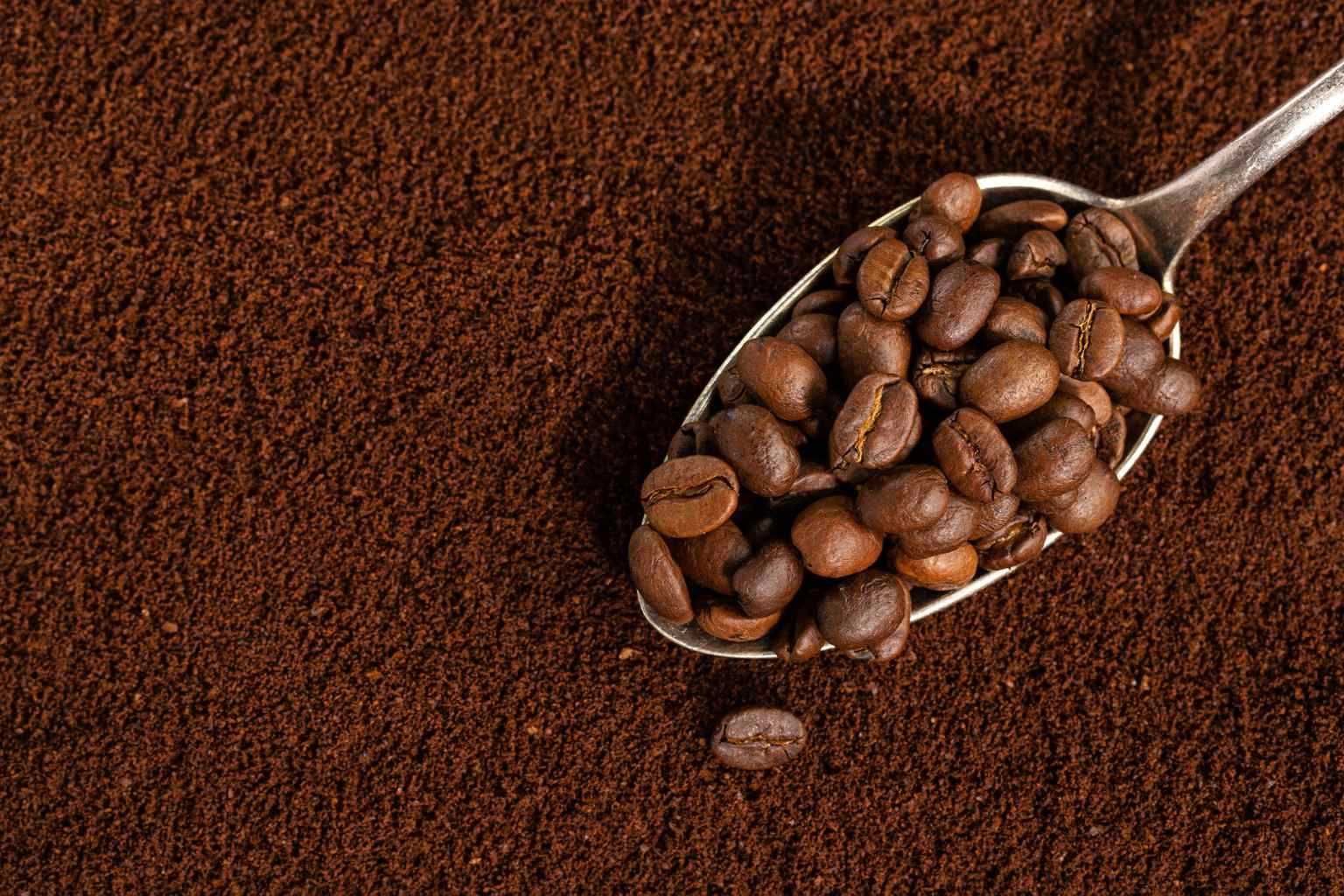Early in 2024, a groundbreaking discovery in Australia revealed that coffee grounds, a common waste material, could transform the way we build structures. Imagine your morning espresso leftovers becoming a key ingredient to make concrete stronger, more sustainable, and environmentally friendly. This simple but ingenious idea could help tackle two massive global challenges: reducing organic waste and improving construction materials.
How coffee grounds boost concrete strength and sustainability
Researchers from RMIT University in Melbourne found that by turning used coffee grounds into a special powder through a process called pyrolysis, they could increase concrete’s strength by up to 30%. Pyrolysis heats the grounds at over 660°F without oxygen, creating a porous, carbon-rich material named biochar. This biochar mixes seamlessly with cement, replacing a portion of sand normally used in concrete mixes.
Replacing traditional sand with coffee-based biochar not only strengthens the concrete but also reduces the need to extract natural sand—a practice that depletes rivers and ecosystems worldwide. At the same time, it keeps millions of pounds of coffee waste from piling up in landfills, where they generate methane, a potent greenhouse gas.
What makes this discovery a game changer for waste and construction
Every year, over 22 billion pounds of coffee waste are produced globally. Much of this ends up in landfills, contributing to carbon emissions and pollution. Meanwhile, the construction industry is a major source of human impact, consuming vast amounts of resources and energy.
This breakthrough connects two big environmental concerns with one solution: turning coffee waste into a valuable, eco-friendly building material. Engineer Rajeev Roychand highlights the importance of this circular approach: “By reusing coffee grounds, we reduce landfill emissions and conserve natural resources, tackling climate change on two fronts.”
Not only does this method cut down on waste and resource depletion, but the enhanced concrete strength means buildings and infrastructure could last longer, reducing maintenance costs and material turnover over time.
What’s next for coffee ground concrete and how it could impact your community
The research is still evolving. Scientists are testing how well coffee-infused concrete handles extreme weather, water exposure, and wear over decades. They’re also exploring if other organic wastes, like nutshells or plant fibers, can be converted into useful additives.
Shannon Kilmartin-Lynch, an engineer on the project, points out that this innovation is inspired by Indigenous philosophies emphasizing respect for nature’s cycles—“Caring for Country”—which teach us to cherish and reuse every resource thoughtfully.
On a personal note, I remember how many times I pondered wasted coffee grounds after brewing morning brews. Knowing those little leftovers could someday build homes or sidewalks adds a hopeful perspective. It reminds me how everyday actions or trash can hold unexpected potential if we’re willing to see it.
Could this be the start of turning other types of waste into powerful building tools? It makes me wonder what small, overlooked items in our daily lives might help shape a more sustainable future.
Would you feel comfortable living or working in a building made with coffee-boosted concrete? What other types of waste do you hope scientists explore next? Share your thoughts and experiences below. If you believe this eco-friendly idea deserves to spread, please share this story with your friends and family. Your opinion could inspire the next wave of green innovation!
